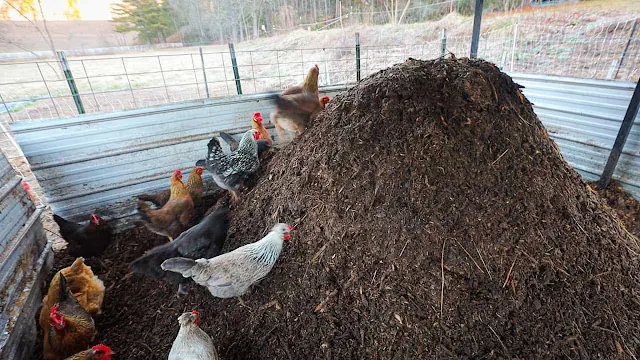Tissue culture banana farming in Kenya could easily be the greatest gift that the Gods of Agricultural advancements gave our blessed country in the recent past. However, the burning question that you will oftenly hear from those considering adopting
this modern approach of banana cultivation is, "Do tissue culture bananas produce more than those planted from ordinary suckers?" Many are not so familiar with the benefits of tissue cultured banana propagation including its yields, resistance
to diseases and overall productivity compared to traditional methods of banana
propagation.
 |
| Tissue culture banana seedlings for sale in Kenya |
What is Tissue Culture Banana?
Someone is probably wondering, "what are tissue culture bananas or how does the process of tissue culturing go about?" Tissue culturing is a prosses of raising high quality seedlings with specific desired characteristics.
Tissue culture bananas are propagated through a process known as micro propagation, a technique that involves growing plant cells or tissues in a controlled environment, usually in a nutrient-rich-agar medium. Disease-free tissues from the parent plant are carefully selected and a large number of genetically identical banana plantlets are produced. They are gradually exposed to external conditions to ensure survival and vigor of the plants upon transplantation.
Did I lose you somewhere? Let me make it simple: Tissue culturing is taking a small part of a banana plant that has specific high value characteristics and using that part to raise many more seedlings of bananas that are identical to the mother plant.
 |
| Tissue culture banana propagation in Kenya |
While individual experiences from farmers may vary, studies suggest that tissue cultured bananas often surpass the productivity of sucker-planted bananas. This is made possible by a number of factors that include:
1. Tissue culture banana seedling are disease-free
Tissue culture involves using disease-free plant material, which minimizes the risk of viral, bacterial, and fungal infections. This leads to healthier plants and higher productivity. In other words, as a farmer, you are getting a kickstart by using seedlings that you are absolutely sure that they are disease-free.
2.
Enhanced Vigour
Tissue
culture plants often exhibit enhanced vigor, that is, they grow much faster and stronger than the ones planted from ordinary suckers. This is due to the optimized growing
conditions in the production room. They are typically more robust and resilient when
transplanted into the field.
3.
Improved stress tolerance
Tissue
culture bananas are selected and propagated to bring forth specific traits, including
stress tolerance. This improves the plants’ ability to thrive in less-than
ideal growing conditions, thus maintaining high productivity.
Tissue Culture bananas Vs Sucker propagated bananas
- Bunch Size
 |
| Tissue culture banana bunch |
Tissue
culture bananas typically produce larger and more uniform bunches due to their
consistent genetic makeup and optimal growing conditions while sucker
propagated bananas can have more variability in bunch size due to genetic
differences and potential disease presence.
- Weight per bunch
Bunches
from tissue culture bananas can weigh between 20 to 50kg, depending on the
variety and growing conditions while sucker propagated bananas may have their
bunches weighing between 15 to 40kgs though this likely to vary.
- Number of hands per bunch
On
average, a bunch may have 8 to 12 hands, with each hand containing 10 to 20
bananas. Sucker propagated bananas often have their bunches have 6 to 10 hands,
with variability in the number of bananas per hand.
Another
concern on tissue culture bananas is their thin stems. Tissue culture bananas
are renowned for their delicate and thin stems as compared to the sucker-grown
bananas. However, this characteristic is not indicative of weakness. The thin
stems of tissue culture bananas are a result of their rapid growth in
controlled environments. Once transplanted into the field, these bananas adapt
to natural conditions and develop robust stems capable of supporting fruit
clusters.




.JPG)







